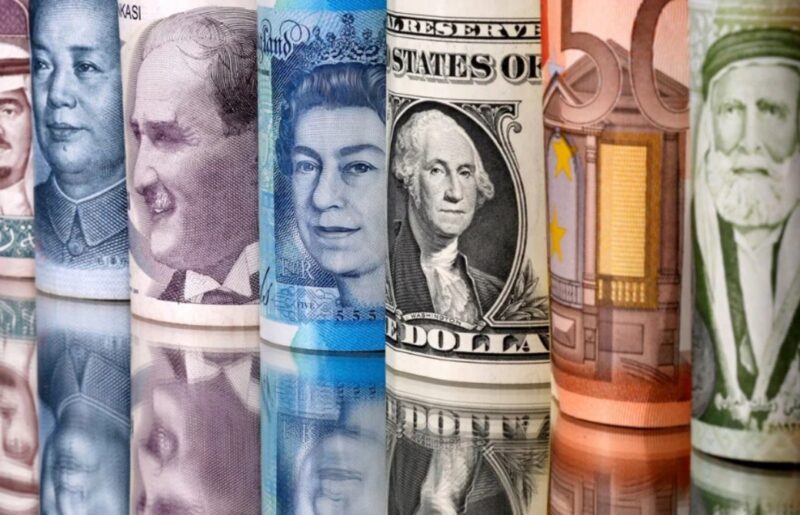The forex market is dynamic with changes occurring every minute of the day’s trade. BRICS is doing everything to topple the US dollar from the world’s reserve status and replace it with local currencies. Despite their best efforts, the de-dollarization agenda is yet to become a reality as the USD still dominates the financial sector. This puts a major dent in their initiative as the greenback reigns supreme even after multiple attempts to bring it down.
Also Read: BRICS: New Country Rejects Local Currency for Oil, Wants US Dollar
BRICS: 8 Currencies That Dominate the Financial World


Even after BRICS placed local currencies ahead for trade, the US dollar is the most used tender for cross-border transactions. The majority of the world uses it for trade settlements as it sustains the market’s whiplash. The USD does not dramatically head south and is backed by various global economic participants who trust the currency. Below is the list of the top 8 strongest currencies in the world in 2025:
- US dollar
- Kuwaiti dinar
- Bahraini dinar
- Omani rial
- Jordanian dinar
- British pound
- Gibraltar pound
- Cayman Islands dollar
Also Read: BRICS Considers New Financial Options For Trade Settlements
None of the BRICS nation’s currencies have made it to the strongest list in the financial sector in 2025. They are distantly behind in the list and could years, if not decades to even enter the top 10 list. The domination of the US dollar is one-sided with little to no challenge thrown at it this year. Local currencies have barely made their mark in the forex sector leaving the greenback to reign supreme.
Also Read: BRICS to Launch Gold-Backed Stablecoin To Challenge the US Dollar?
US President Donald Trump has also threatened BRICS countries with serious economic consequences if they use local currencies for trade. The development is forcing them to abandon the de-dollarization agenda as the trade tariffs could harm their respective economies. It is unlikely that the alliance will push the initiative further when Trump is at the White House until 2028.





